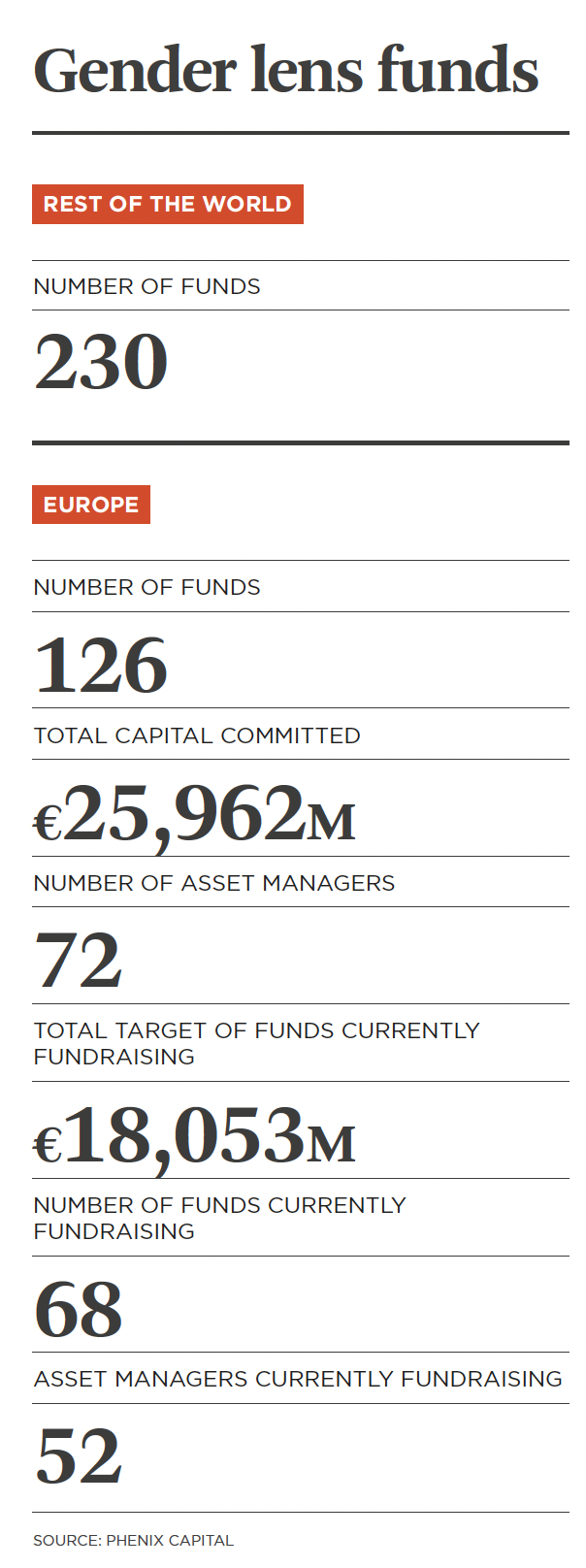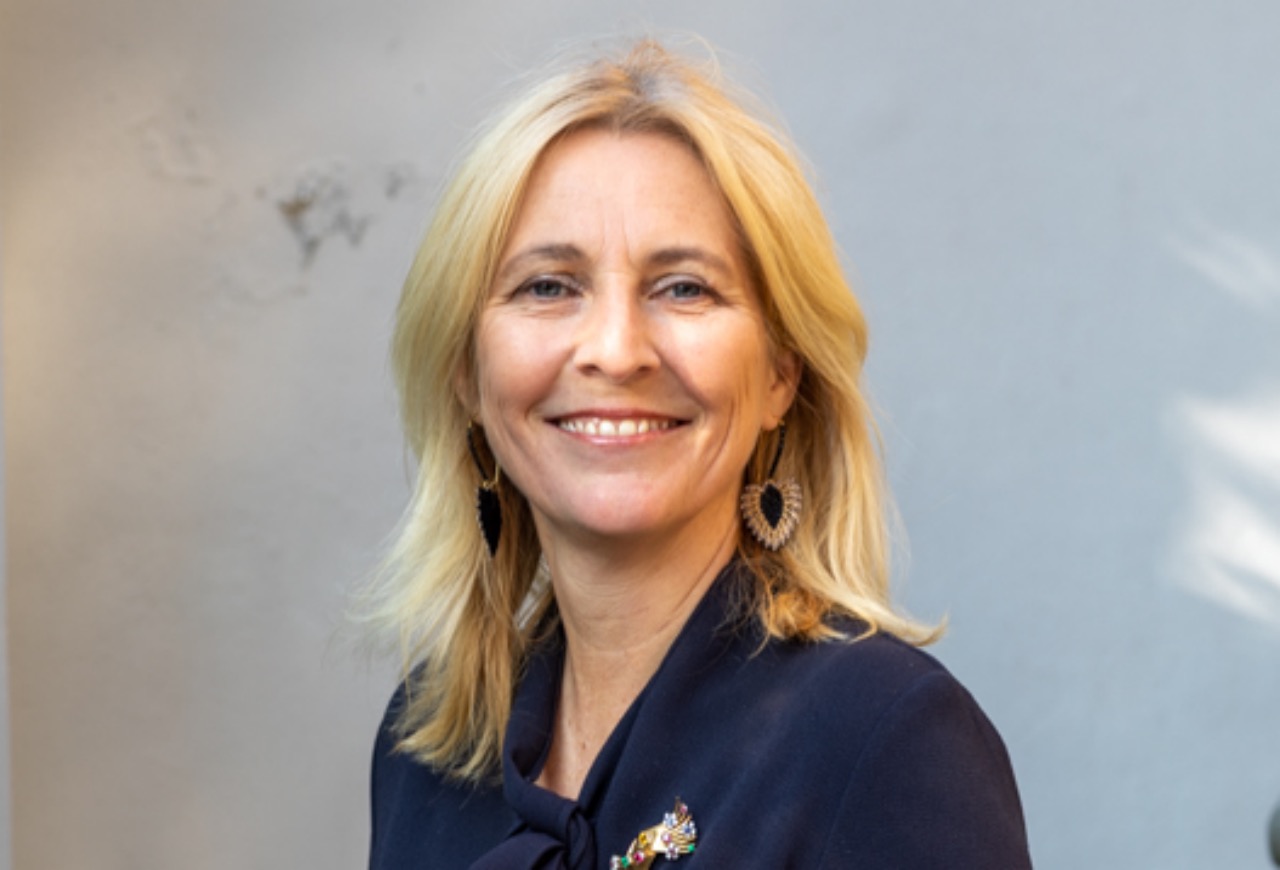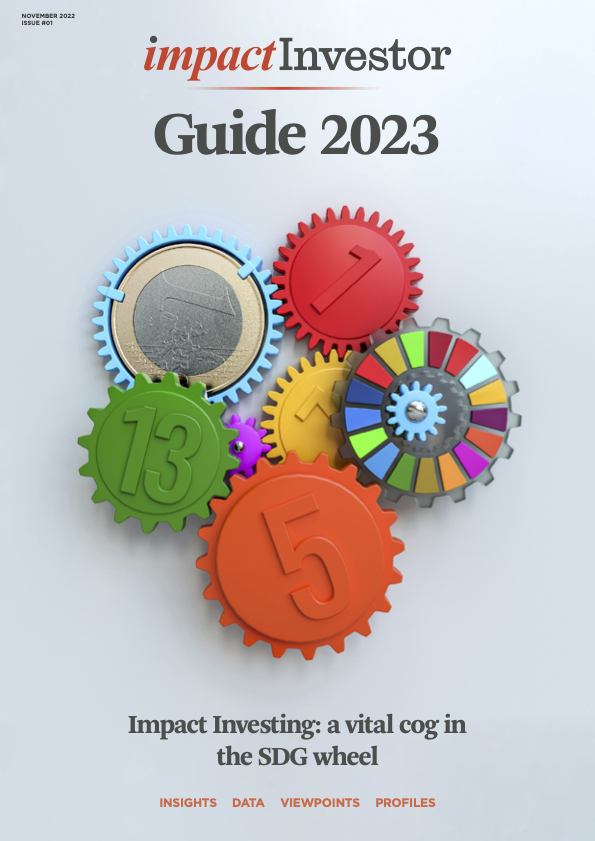Female and mixed gender-led businesses remain grossly underfunded and largely ignored by mainstream investors, but the tide is beginning to turn.

The State of European Tech 21 survey published earlier this year, found that in 2021 just 9% of all venture capital investment in European tech was channelled to mixed-gender founding teams and only 1% was invested in all-female teams.

Despite this, Simone Brummelhuis, director and partner of the Amsterdam-based Borski Fund, believes that change is coming: “People are beginning to understand that if we don’t invest in female teams and female focused innovation, then we are missing out on a huge investment opportunity and one that not only benefits women, but society as a whole.”
But in a world in which gender equality has encountered huge setbacks driven by the recent COVID-19 pandemic, that change needs to come quickly if there is any hope of meeting the UN 2030 Agenda and SDG 5 – Gender Equality.
Overcoming implicit bias
A part of the issue lies in the fact that people have a natural tendency to invest in founders that look like them or are from a similar background. With women making up just 15% of venture capital general partners in the EU, it may be no surprise then that so little money is reaching female and mixed founder teams.
European Women in VC, a community of more than 1000 senior female venture capital investors, is working hard to change that by campaigning for greater institutional and governmental investment into female-run VCs and encouraging more women to establish VCs themselves. Brummelhuis who is a member of the community, says: “There’s been a lot of focus on female entrepreneurs up until now but little focus on female fund managers. The more female fund managers there are, the more investments we will see being channelled towards innovation and inclusivity in the whole ecosystem.”
Brummelhuis is also one of 25 European VC fund general partners to have formed a working group within the community, chaired by Mariya Gabriel, European Commissioner for Innovation, Research, Culture, Education and Youth, to accelerate gender lens investment as part of an action plan for Europe. This includes a proposal for the creation of a €3bn fund of funds for female and mixed gender-led funds.

“The people distributing money in the European Investment Fund, pension funds and other institutional investors, they’re the ones who decide ultimately where the innovation money is going. So, you can’t start with the entrepreneurs, you have to start at the investor level. That is what we want to do with this fund,” she explains.
Anna Wnuk, head of community for European Women in VC, says the action plan had been endorsed by the Commissioner who recognised the need for a fund of funds with an investment strategy focused on emerging female GPs, and that she hoped to rally more support to make it a reality in the near future: “If we want to move the needle towards greater gender lens investing, then Europe needs this fund of funds to be seeded and it needs to be a meaningful investment as the pipeline of female and mixed gender-led funds is substantial.”

For Jana Budkovskaja, one of three female managers at Tallinn-based The Better Fund, this is also about backing funds investing in early-stage companies where the proportion of female entrepreneurs in the talent pool is larger: “I think it’s really important to have funds that invest in pre-seed and early-stage female-led startups, because that’s where a lot of these businesses come across their first hurdle. If you’re too late in getting seed money for your business, it makes it difficult for you to go further, and attract the next layer of VCs,” she says.
Jessica Espinoza, CEO of the 2X Collaborative, an industry body set up to promote investment in women, says her organisation was a strong supporter of the work of European Women in VC and echoed the need for more female-led and diverse fund management teams “to remove the bottleneck to capital flows towards female-led startups”.
Espinoza and her team recently launched 2X Ignite, a market-building solution whose objective is to help 100 next generation female-led gender lens investment funds investing in more than 1000 gender-smart businesses, to reach first close faster by providing them with technical advice, working capital loans and portfolio building capital to allow them to start investing and build a track record.
“There’s a whole new generation of fund managers coming to market with very intentional gender lens investing strategies who are facing significant barriers and biases in fund raising from fund investors who are still allocating to the same predominantly male-led funds, which have been around for a long time,” she says.
Espinoza believes that part of the problem is the risk aversion among investors to back first-time fund managers, including among institutional investors committed to gender lens investing.
“The irony is that 10-15 years ago everyone was backing first-time male fund managers. The fund managers who are successful today, they also got their chance years ago. At the same time, our own members have been under a lot of pressure from the markets to explain why, as pioneers of gender lens investing, they weren’t allocating capital to these female-led funds themselves. 2X Ignite provides members and the wider investment community with an investable pipeline of gender lens funds.”
Better returns and impact
Closing the gender funding gap is also about unlocking potentially higher returns. According to a 2018 BCG report, for every dollar of funding, female-founded startups generated 78 cents, while male-founded startups generated less than half that, just 31 cents.
Budkovskaja agrees that diverse teams generated better returns but that this was also true of VCs: “A more diverse VC team is more adapted to finding a wider range of opportunities and generating better deal flow. It’s also been proven that more diverse teams tend to generate a higher profit on average.”
Brummelhuis added that startups led by female and mixed founding teams were more likely to have a positive long-term impact on society. “Female-led innovation is naturally more inclusive. We know, for example, that the med tech sector is not very inclusive and there are relatively few innovations with regards to women’s health, but in med tech companies led by women, you see a lot of businesses that are geared towards finding solutions for women,” she says. “Although I don’t have the empirical data to prove this, I believe that women-led businesses lean more towards finding solutions to societal problems.”
Applying a gender lens can also improve outcomes for the environment. Espinoza says there was a growing body of evidence to show that climate outcomes were significantly restricted by having a male bias and not including women in key decision-making and as users of capital.

In response, Espinoza says that 2X members had collaborated to launch a gender smart climate finance guide and toolkit at the COP26 summit in Glasgow in 2021 to support investors in mainstreaming gender in their climate finance investments.
“When you look at the data there’s only a small fraction of climate finance that has a gender lens. This is not just about investing in climate solutions led by women but about looking at the whole value chain. Where do women participate in climate as founders and entrepreneurs but also as business leaders, as employees, as members of the community, as suppliers and as customers?” she adds.
Looking ahead
Brummelhuis says the trend towards gender lens investing was moving in the right direction with almost every fund looking for women to join their investment teams: “This wasn’t the case 10 years ago and now most people understand that even if you don’t have women at the partner level, in the investment layer underneath you need women to be represented.
There are also growing calls for greater standardisation of what gender lens should look like to help investors cut through the ‘genderwashing’. A 2X Certification mechanism is under development, which Espinoza hopes will respond to these calls by providing greater assurance, transparency and benchmark for the sector.
Looking 15 years ahead Espinoza says she would like to see gender lens investing become the norm: “Anything considered smart investing should also be gender smart. Investors cannot continue to miss out on 50% of the market and the talent. That’s just mind-boggling in the 21st century.”

This article is part of the editorial content of the Impact Investor Guide 2023. You can download a digital copy of the guide here.






